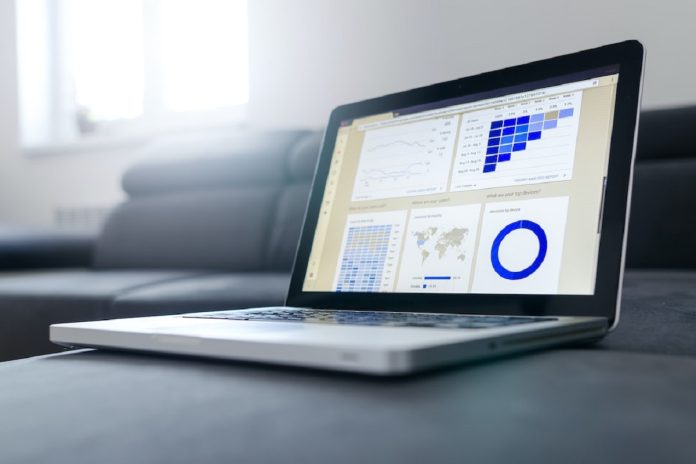As business professionals face an ever-increasing amount of data to process and comprehend, choosing the right visualization techniques becomes crucial.
From a pie chart to an innovative donut chart, numerous options are available to represent information in a clear, engaging, and concise manner.
Commercial enterprises and data scientists alike recognize the importance of effective data visualization.
The inability to show data appealingly and comprehensibly could result in misunderstandings and wrong business decisions.
In this article, we delve deep to explore the many ways to visualize data in business.
The Art of Pie and Donut Charts
Pie and donut charts have been widely used for data representation for decades. These charts are simple to understand, and they beautifully represent comparison between different categories of a single variable.
A striking aspect of pie and donut charts is that they take up very little space, conveying data efficiently and with good visual appeal.
While pie charts have their variable segments directly connected, a donut chart has a hollow center, giving space for additional information.
Interestingly, donut charts are gaining impetus in the business world as they offer flexibility. The center of a donut chart can be utilized to provide summary statistics or convey other relevant information, which is not feasible with a pie chart.
The popularity of donut charts can be largely attributed to their versatility, readability, and unique design aspects.
However, both pie and donut charts are ideal for showing percentages or proportional data, where a whole is divided into distinct categories.
If there are too many categories, these charts might not be the most effective as they could become complicated and hard to comprehend. That’s why they should preferably be used to represent up to seven categories.
Understanding the Power of Bar and Column Charts

For representing categorical data, bar and column charts are extensively used in the business realm. One of the reasons for their popularity is their clear and direct presentation style.
Bar charts run horizontally, while column charts run vertically. Both of them, however, serve the same purpose: to visualize comparisons between categories.
These charts are beneficial when tracking changes over time or making comparisons between different groups.
For example, to compare the performance of different sales teams or product categories, column or bar charts are generally used.
Their simplicity is their strong suit, and they aid in providing a clear snapshot of the data at hand.
Treemaps: Conveying Hierarchical and Part-to-Whole Relationships
Treemaps are yet another effective approach to visualizing data, especially when representing hierarchical or part-to-whole relationships.
These maps are created by splitting a rectangle (the whole) into smaller rectangles (parts), and each sub-rectangle can be further dissected, turning it into a visually appealing and meaningful display.
For instance, a company could use a treemap to break down its entire sales into different regions, and each region could then be divided into various cities.
All of this can be represented in one single treemap, offering a clear perspective of part-to-whole relationships.
Treemaps, thus, are wonderfully illustrative and can communicate a deeper level of understanding in an easily digestible format.
Overall, data visualization has become an indispensable part of business decision-making processes.
By intelligently deploying various types of charts and diagrams, from pie and donut charts to line graphs and heat maps, businesses can better understand their data, identify patterns and trends, and make informed strategic moves.
Remember, it’s not always about how much data you have but how well you can interpret and present it.
Related Posts:
- Why Businesses Need Data Integration Consulting Services!
- What is big data analytics, and why does it matter?
- The Role of Medical Data Entry Jobs in Healthcare
Importance of Visualizing Data in Business
Visualizing data is important for business because it turns complicated data into ideas that can be used right away. It’s easier to spot trends, patterns, and outliers when data is shown clearly in the form of dashboards, charts, graphs, or heatmaps.
This clarity helps business leaders make quick, well-informed choices that lead to better plans and higher success. Visualizing data also makes it easier for people on a team to talk to each other and understand important measures and ideas without having to know a lot about them.
It encourages an organization-wide data-driven mindset by making it simpler for people to collaborate and ensuring that everyone is on the same page. Visualized data can also be used to tell interesting stories, which can be very useful when giving talks to executives, investors, or clients.
Businesses can get deeper insights than just numbers by focusing on visual representation. This helps them adapt to changes in the market, improve processes, and stay ahead of the competition.
In the end, data visualization is a key part of connecting raw data to strategic business information. In today’s fast-paced business world, this is what drives speed and innovation.











